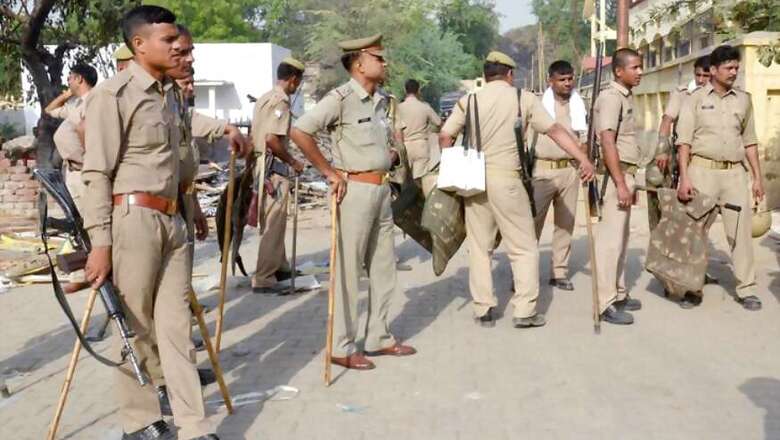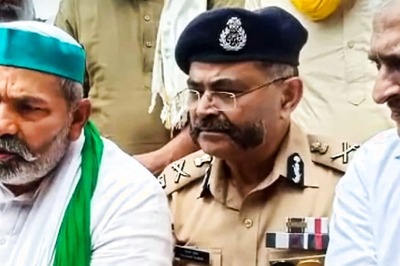
views
New Delhi: After a long wait, the National Crime Records Bureau (NCRB) on Monday published the country’s crime statistics for the year 2017, showing a 5.9% drop in murder cases over the previous year.
According to the report, a total of 28,653 murder cases were registered across the country in 2017 as compared to 30,450 reported in 2016. The report, compiled after receiving data from police units of all states and Union Territories, showed ‘dispute’ to be the most common motive for murders. ‘Dispute’ was cited as the motive for 7,898 murders, followed by ‘personal vendetta or enmity’ (4,660) and ‘gain’ (2,103).
Uttar Pradesh recorded the most murders at 4,324 – down from 4,889 in 2016. UP was followed by Bihar, which recorded 2,803 murders in 2017, an increase from the 2,581 murder cases registered in 2016. Next on the state-wise list was Maharashtra with 2,103 cases, a drop from 2,299 cases the previous year.
After Uttar Pradesh (1,051) and Bihar (993), Maharashtra and Tamil Nadu recorded the third highest number of murders (824) due to ‘dispute’. Among UTs, Delhi reported 144 murder cases due to ‘dispute’. Within the ‘disputes’ category, ‘property or land-related issue’ was cited as the motive in 939 cases in Bihar and 313 in Uttar Pradesh.
Among the Union Territories, Delhi recorded the most murder cases at 487 cases, down from 528 cases in 2016. Delhi was followed by Chandigarh and Puducherry with the second highest murder cases among UTs at 25.
The crime rate, calculated as crime incidence per one lakh population, was, however, the highest in Arunachal Pradesh at 5.9 per one lakh population.
Madhya Pradesh and Maharashtra reported 14 murder cases each due to ‘water dispute’. Motive was ‘unknown’ in 1,237 murder cases in states and 39 cases in Union Territories.
Dowry-related murders were recorded the most in Odisha (291), followed by West Bengal (274). A total of 1,123 dowry-related murders (including four from Delhi) were reported in 2017.
Out of a total of 98 murders due to political reasons, 42 were reported from Jharkhand, followed by 12 from Bihar. The year also saw 93 honour killing cases, with the maximum cases reported from Jharkhand (41).
A total of 74 cases of murder were reported because of ‘gang rivalry’. Out of these, 27 were reported in Uttar Pradesh, 20 in Jharkhand, seven in Puducherry and four in Delhi. ‘Casteism’ led to 56 murders, with 29 being reported in Uttar Pradesh.
The latest NCRB report also included separate data on metro cities, majorly cities with population of more than 2 million. The report, however, said that while crime rates for states and UTs was reported using mid-year projected population based on the 2001 Census, the same is not available for metro cities. Hence, the crime rates for metropolitan cities have been calculated using Actual Population Census 2011. The data for states and metro cities is, therefore, not comparable, the report added.
A total of 1,976 murder cases were reported in metro cities, with Delhi topping the notorious list with 400 murder cases, followed by Bengaluru with 235 cases. The crime rate, however, was highest in Patna with 8.9 per one lakh population followed by Nagpur with 3.4 per one lakh population.
















Comments
0 comment